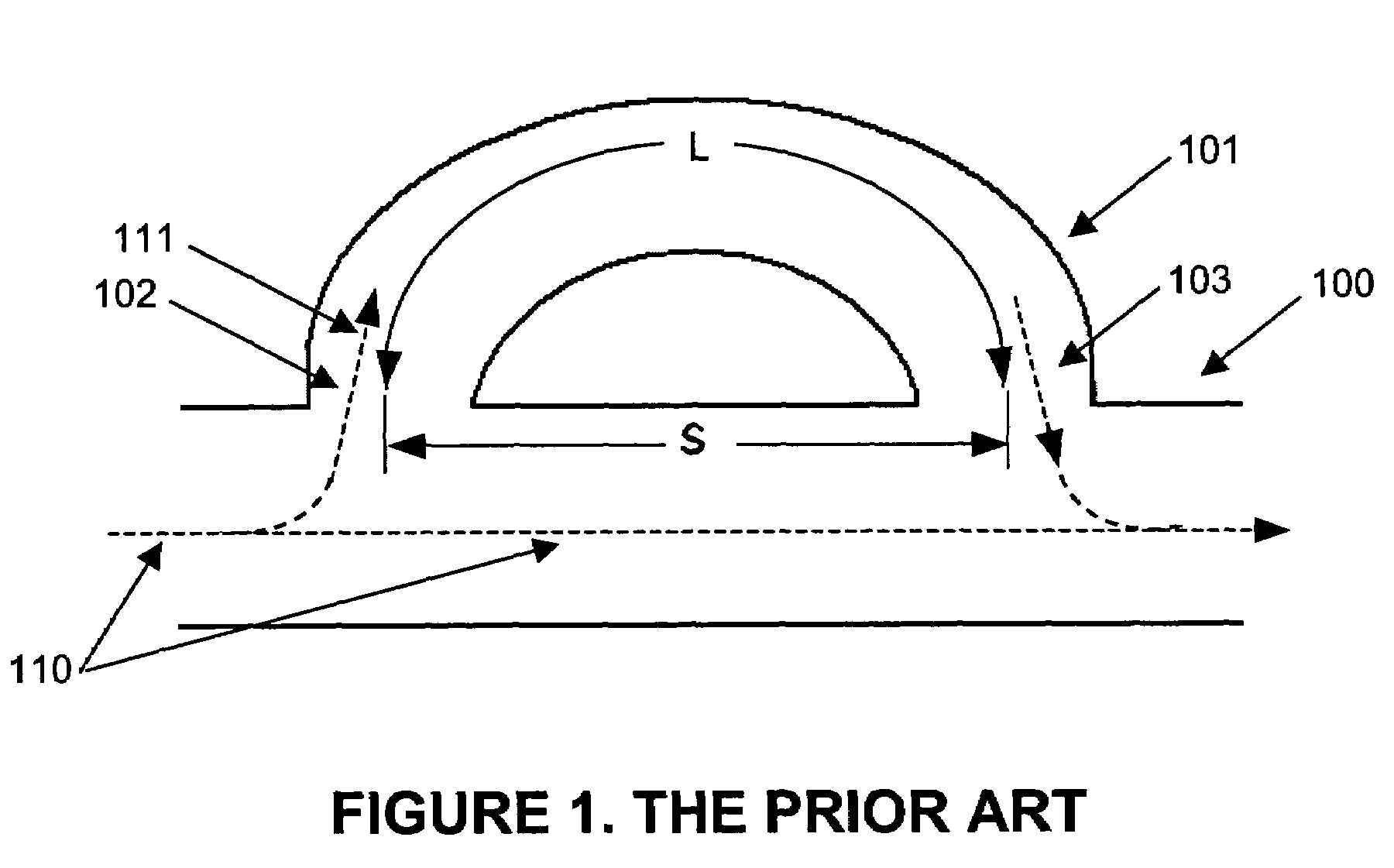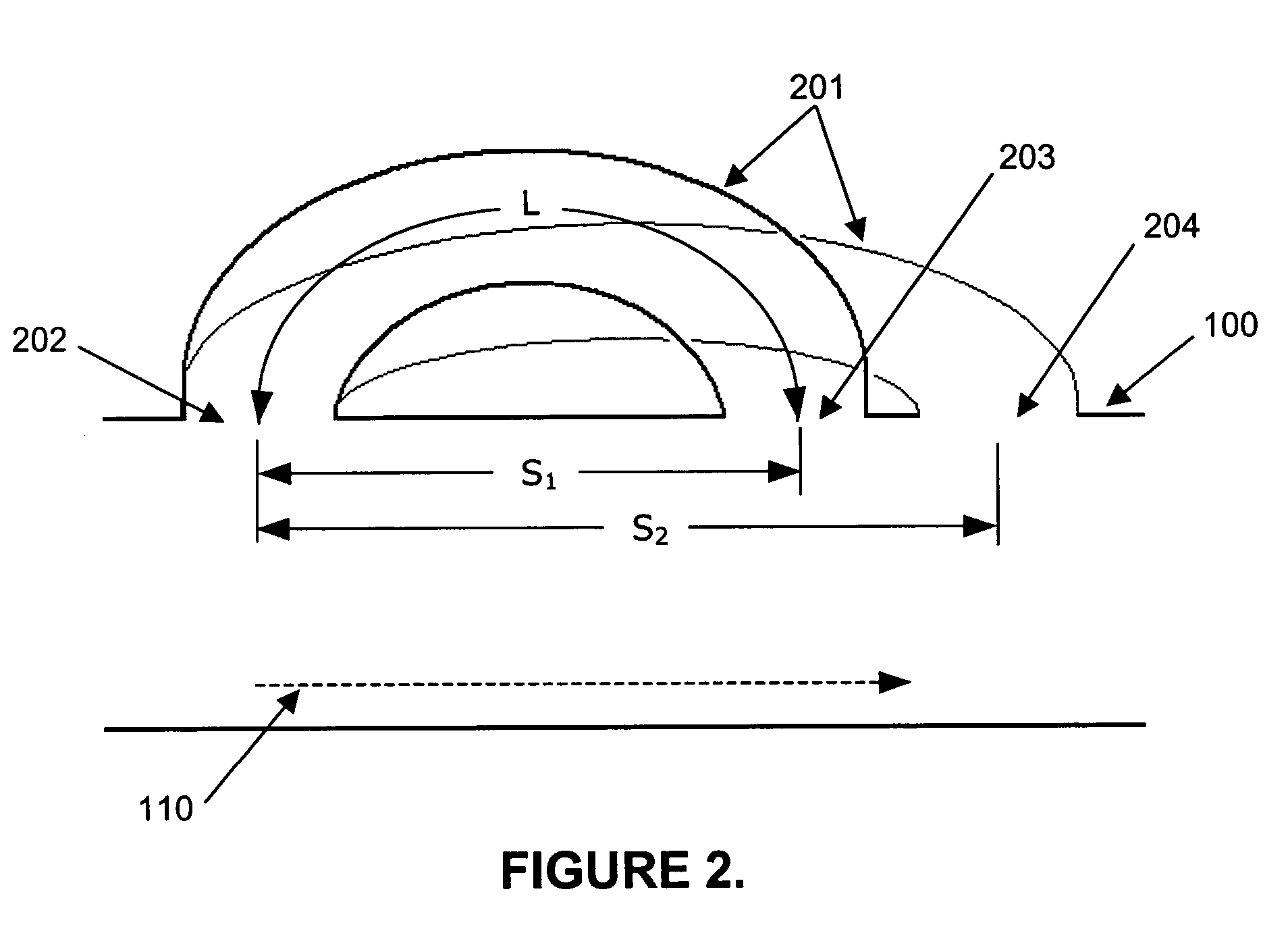Noise reduction tubes
a technology of noise reduction tubes and ducts, applied in the direction of combustion air/fuel air treatment, air-flow influencers, instruments, etc., can solve the problems of ineffective liners, limited broadband noise, and very limited technology, so as to reduce unwanted noise propagation, reduce noise propagation, and reduce the effect of sound propagation
- Summary
- Abstract
- Description
- Claims
- Application Information
AI Technical Summary
Benefits of technology
Problems solved by technology
Method used
Image
Examples
Embodiment Construction
[0039]The present invention is a noise reduction system directed to reducing noise in, duct like structures, especially turbofan engines. The noise reduction system of the present invention reduces noise energy over a wide range of frequencies for both tonal and broadband components of the inlet and outlet noise for turbofan engines. The present invention utilizes at least one fixed length tube assembly comprising at least one dynamically adaptable fixed length tube as described herein, in one embodiment an array of such tubes may be arranged in a circumferential or helical array about the turbofan engine to reduce the noise levels generated. The assembly or assemblies may also be placed at the inlet, and in other locations, such as the upstream or downstream locations from the turbofan engine. The inlet and outlet of the tubes of the assembly can be placed parallel to the engine axis or at an angle. By attaching an array of dynamically adaptable fixed length tubes of appropriate le...
PUM
 Login to View More
Login to View More Abstract
Description
Claims
Application Information
 Login to View More
Login to View More - R&D
- Intellectual Property
- Life Sciences
- Materials
- Tech Scout
- Unparalleled Data Quality
- Higher Quality Content
- 60% Fewer Hallucinations
Browse by: Latest US Patents, China's latest patents, Technical Efficacy Thesaurus, Application Domain, Technology Topic, Popular Technical Reports.
© 2025 PatSnap. All rights reserved.Legal|Privacy policy|Modern Slavery Act Transparency Statement|Sitemap|About US| Contact US: help@patsnap.com



